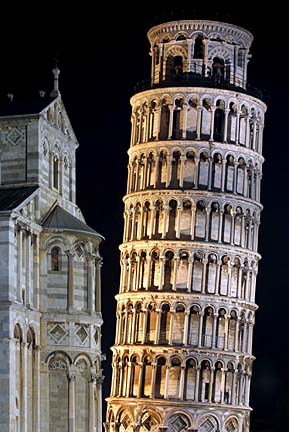


![]()
Talk Story
Honolulu needs its
own signature edificePEOPLE in Hawaii are wondering why the governor's response to the critical slowdown in tourism is to spend a billion dollars on construction projects including a West Oahu campus and a medical school for the University of Hawaii and a prison in Hilo. These are worthy projects, without a doubt. Unfortunately, some tell me political allegiance to construction unions drives these proposals, not sound economic theory. They ask how putting union steelworkers, plumbers, carpenters and electricians to work helps thousands of laid off hotel workers and airline employees?
The governor's two terms will be up in November of next year, so it will be up to legislators to answer that question, or voters will answer it for them. Fiscal stimulus, a government's pumping money into the economy to combat recession, is a time-honored approach. Unfortunately, we need only look as far as Japan to find one disturbing example of fiscal stimulus at work.
Despite trillions of yen spent on public works projects to bolster its economy, Japan remains stubbornly mired in a decade-long downturn.
So the case remains to be made, but let's assume a government-funded construction boom is the answer to our economic problems. What should we build?

AT A TIME when signature buildings have been attacked in New York and Washington, erecting an architectural icon for Hawaii may not seem prudent.On the other hand, to summarily dismiss it would be to surrender before the war on terrorism is even a month old.
The Eiffel Tower was built in 21 months at a cost of $1.5 million and opened in 1889. Since then, more than 192 million people have visited it. Since 1980, almost 5 million people per year have paid to ascend to its observation decks.
Ticket sales repaid the entire cost of building Eiffel's masterpiece in little more than a year. Last year the number of visitors to this single Parisian attraction was 6,315,324, or almost as many as to the entire state of Hawaii.
Even flawed monuments are visitor magnets. Before it was closed to visitors in 1989, about 700,000 a year climbed the 294 steps to the top of the Leaning Tower of Pisa, which had been packing them in since 1350.
Consider St. Louis, a city with little to recommend it except as a hub of 19th-century river traffic and the home of the Rams football team. Its climate is malarial in the summer and glacial in the winter.
However, in 1965, its Gateway Arch was completed. Designed by Eero Saarinen, it cost $15 million and stands 630 feet high by 630 feet wide, or almost 300 feet taller than Honolulu's tallest buildings. Sheathed in gleaming stainless steel, the arch instantly became the city's visual signature.
Saarinen fulfilled his goal, "to create a monument which would have lasting significance and would be a landmark of our time." It brought 3 million visitors to downtown St. Louis last year alone.
Contrast the arch with D.G. "Andy" Anderson's $138 million Kewalo basin waterfront proposal of two years ago. Its focus was a Ferris wheel, 132 feet in diameter, set in a theme park with retail stores and restaurants. Saarinen didn't build a Ferris wheel -- it had been done -- and he didn't settle for shops and cafes.
Hawaii already has plenty of restaurants and stores, but we could use a signature attraction to help keep them and the rest of our visitor industry busy.
John Flanagan is the Star-Bulletin's contributing editor.
He can be reached at: jflanagan@starbulletin.com.